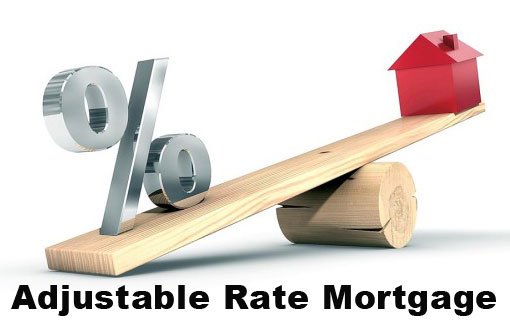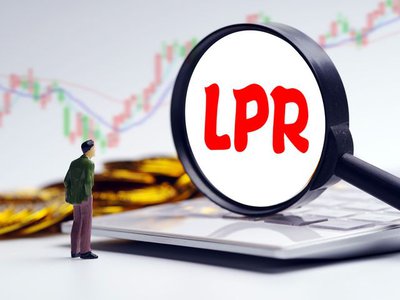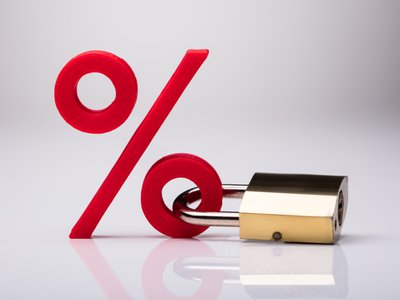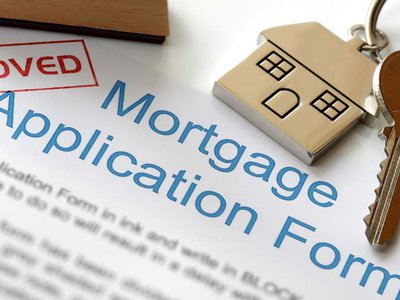The initial interest rates on ARMs are always lower than on fixed rate loans. When interest rates were falling, it looked like a good deal even in the long term but times are changing. The amount you save in the first few years could easily be wiped out when rates go up.
The reality of rising rates is already reflected in foreclosure numbers. According to RealtyTrac’s Monthly U.S. Foreclosure Market Report foreclosure rates rose every quarter in 2005 and that trend seems to be gaining momentum. The numbers for March 2019 were up 63% over March 2015.
In fact, we may not see the worst of the rate hikes for another year. Many ARMs are linked to the 12 MTA, the 12 month treasury average. This rate rises and sinks more slowly than rates based other indexes like the LIBOR. Even if the fed didn’t raise interest rates the indexes would go up because past hikes have not yet flowed through the system.
Let’s take the example where a homeowner took out a loan of $150,000 in March of 2015 with a 5 year fixed rate and an index based on the LIBOR. The starting rate would have been incredibly low, lets set it at 3.34% which is the 1 year LIBOR rate plus 2%. The payments for the first 5 years would be only $660 per month.
But, at the end of the fixed rate period, a nasty surprise awaits our borrower. The 1 year LIBOR rate went to 5.4% in April of 2018. We’ll assume that there are no further rate increases by the time their loan is adjusted in 2019. Their new rate will be 7.4%. Their monthly payment will go up from $660 to $990. That hurts bad enough but remember that rates can keep going up until the loan hits its cap. A cap at 12% could leave this hapless homeowner with payments over $1,400 per month.
The problem isn’t just one for the individual homeowner. Lending institutions are solid only if they make good loans. There has been an increasing number of ARMs, interest only loans, 100% to 125% mortgages. All of these are very risky and if the housing market slows and interest rates rise, lenders could find themselves holding a full deck of bad loans.






